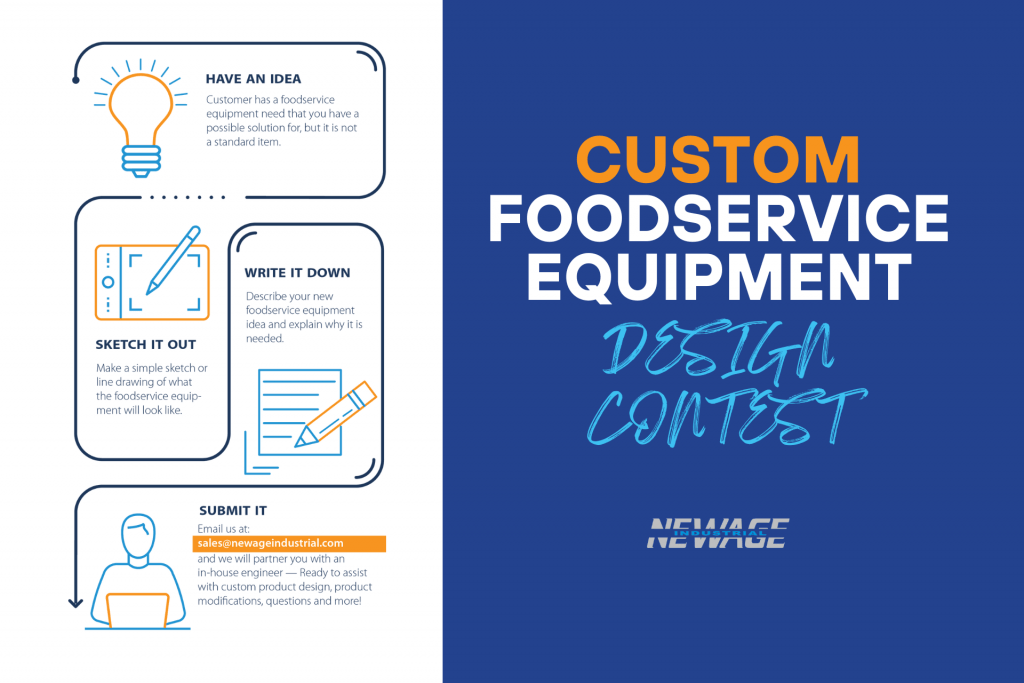
On 10 June, the leaders of African nations gathered in Egypt to sign an agreement creating a “Tripartite Free Trade Area” from Cairo to Cape Town. Three pre-existing trading blocs, Southern African Development Community (SADC), East African Community (EAC) and Common Market for Eastern and Southern Africa (CMESA) will be unified by the agreement, incorporating most of the continent’s East and South and over 600 million people.
Although the ratification process, which requires the agreement to be put to the parliaments of all 26 signatory countries, makes it unlikely that the free trade area will materialise before 2017, the big players in Africa’s food industry will have a lot to think about in the meantime.
Concerns about the deal’s feasibility have been raised from some quarters. One problem Africa will have to confront is huge regional inequality, with the ability of railways and roads to support growing commerce varying hugely from country to country. Small economies struggling to export will be pitted against big industrialised ones in a deal which massively expands the scope of free trade. Furthermore, trade between African countries is hardly flourishing, making up only 12% of the continent’s total. This suggests attitude shifts from businesses will be required alongside tariff abolition to make the deal truly worthwhile.
Yet a boom could be on the horizon for Africa’s foodservice industry despite the macroeconomic niggles. Its activity has been accelerating for some time. Examples include the upcoming entry of Famous Brands, a South African fast food group, to Ghana, and doughnut franchise Krispy Kreme’s continent-wide ambitions with 31 new stores planned for South Africa by 2020. Economic integration provides a springboard for more adventurous future investment, fuelling the industry’s already impressive momentum.
At a time when the European project just across the Mediterranean looks more fractious than ever, pessimism looms over excitement about continental integration. But the rewards to be reaped will not be lost on foodservice professionals. In his 2010 work, “The Origins and Development of the European Union 1945-2008: A History of European Integration”, Dr. Martin Dedman noted the upheaval in British tastes initiated by “cultural and economic integration at a personal level” following Britain’s 1973 entry to the European Economic Community, with wine consumption, eating habits and cuisine all shifting markedly. A 2007 report by the European Commission on the history of EU food safety sheds further light on the relationship between economic blocs and thriving food industries. A wave of EEC expansion in the 1970s coincided with the entry of German discount store ALDI on the international stage, as it opened its first foreign store in the Netherlands. Similarly, Carrefour ventured out of France to open a new store in Spain, and today it is the world’s third most profitable hypermarket chain after Wal-Mart and Tesco. EU expansion encouraged unprecedented diversification in Europe’s food industry, making Africa’s Tripartite Free Trade Area a rosy prospect.
The existing momentum of Africa’s foodservice industry and the potential for future growth makes this a pivotal moment for African foodservice. Details will need to be ironed out, and it may be some time before the practical benefits of free trade become tangible, but Africa’s foodservice industry should be poised to take advantage.
Tom Lawrence




